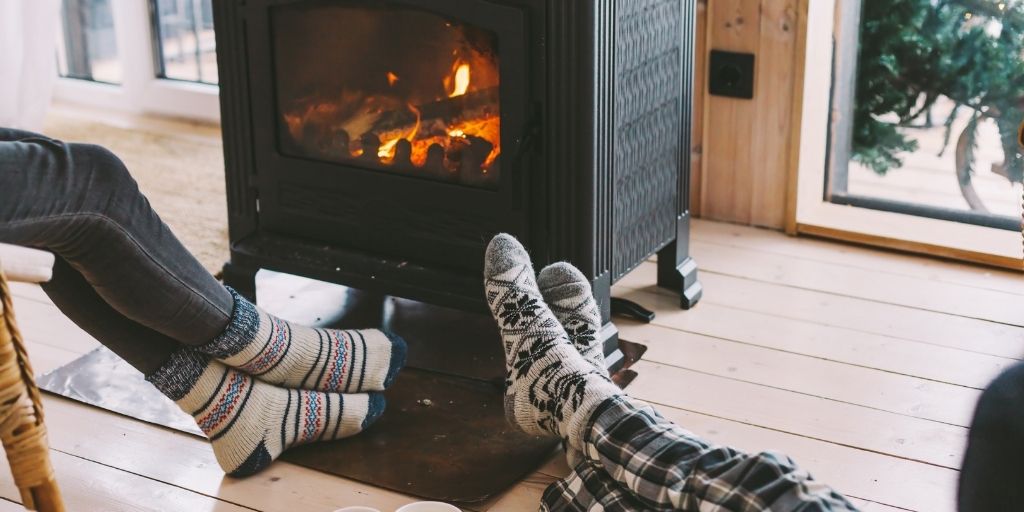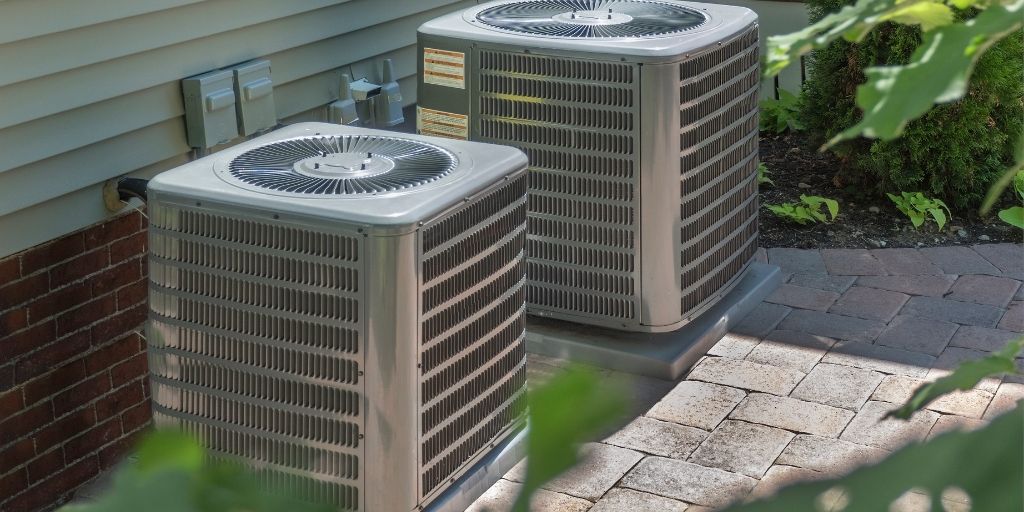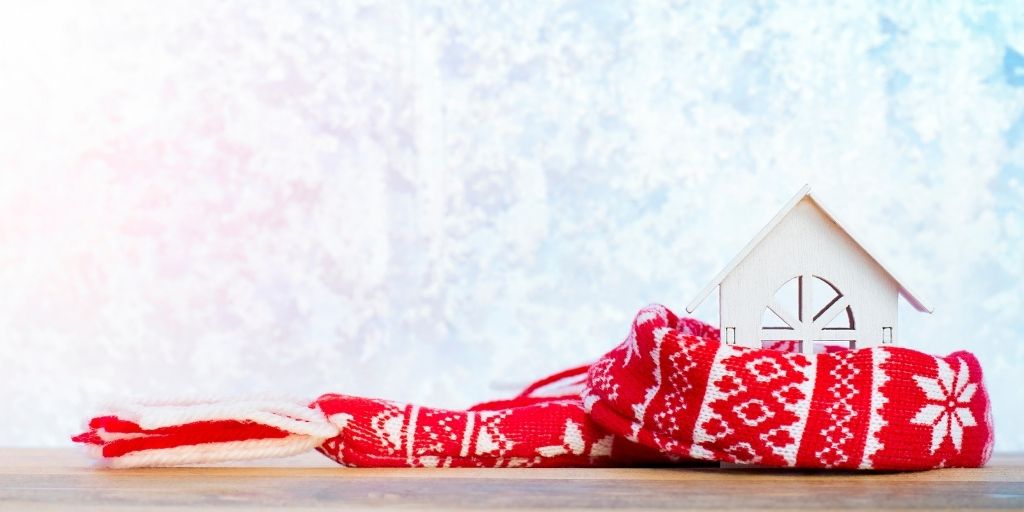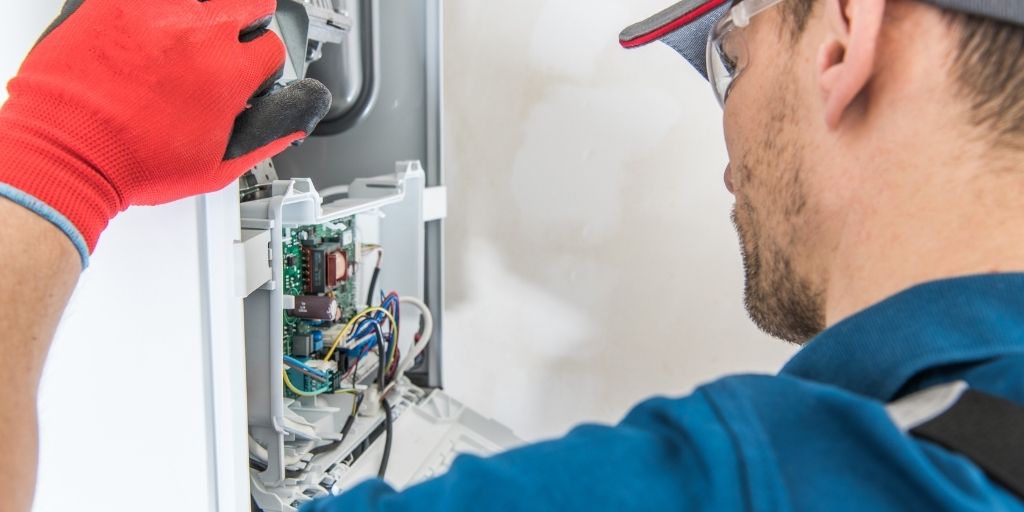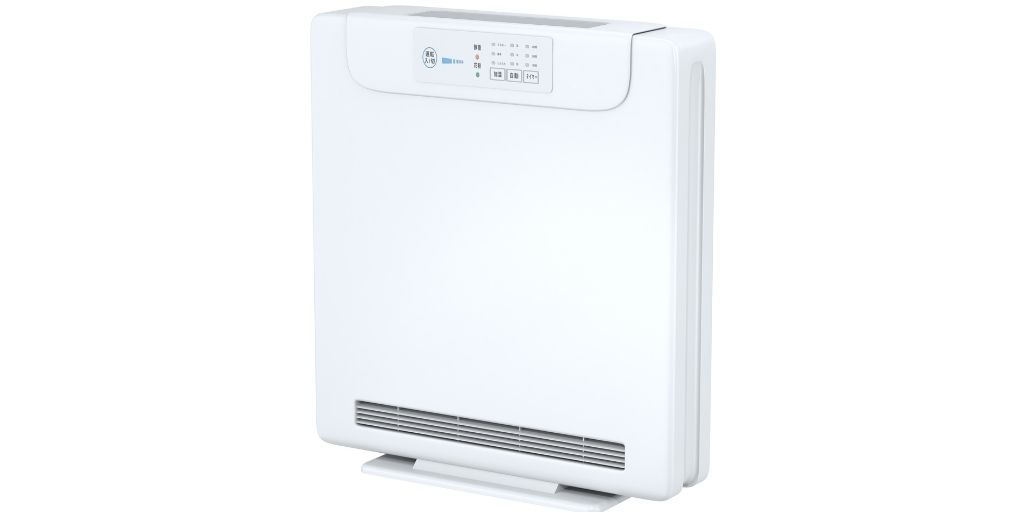When temps dip near zero the amount of energy you use to heat your home can skyrocket and that can mean expensive utility bills.
However there are some easy ways to keep those bills in check. Here are some energy saving tips for your entire home, regardless of the season.
- During the winter, remove window air conditioners and seal the windows with caulk and weather stripping. You might also want to cover the central air compressor with a tarp to keep it clean.
- If your home has a large, single-pane picture window, use heavy draperies during the winter to help keep out cold air.
- If drafts sneak in under exterior doors, replace the threshold. If that’s not practical, block the drafts with a rolled-up towel or blanket.
- Vacuum registers and vents regularly, and don’t let furniture and draperies block the air flow. Inexpensive plastic deflectors can direct air under tables and chairs.
- Set your thermostat to “auto” so that the blower fan will not operate continuously. A 1/2 HP blower fan consumes 3850 kWh annually if run around the clock, and may only need to run a third or less if set on “auto.”
- In the winter, keep curtains and blinds closed at night to keep cold air out, but open them during the day to let the sun warm the room.
- Install a programmable or Wi-Fi smart thermostat. If you use it to lower the temperature by 10 degrees for eight hours every night, you could reduce your heating bills by 10%.
- If your home has electric baseboard heating, be sure to keep furniture and draperies away from the heaters, and leave at least a three-inch clearance under the heating unit.
- If your home has a boiler system, avoid covering radiators with screens or blocking them with furniture. It’s also a good idea to add a reflecting panel behind radiators – you can purchase one at a home center or make one yourself with a plywood panel and aluminum foil.
- If you’ll be going on vacation, lower the thermostat to 55°F. This will save energy while preventing water pipes from freezing.
- If you set your thermostat a little lower during winter months, you’ll reduce your heating costs 2-3% for each degree of adjustment. Changing the temperature from 72°F to 68°F could lower your energy bill by up to 10%.
- If you have hardwood or tile floors, add area rugs to keep your feet warm.
- If you have a forced-air furnace, do NOT close heat registers in unused rooms. Your furnace is designed to heat a specific square footage of space and can’t sense a register is closed. It will continue working at the same pace. In addition, the cold air from unheated rooms can escape into the rest of the house, reducing the effectiveness of all your insulating and weatherizing.
- Have your heating system inspected regularly. A $50-$100 annual tune-up can help reduce your heating costs by up to 5%.
- Don’t set the thermostat higher than you actually want it. It won’t heat your home any faster, and it will keep your furnace running longer than necessary.
- Change or clean your furnace filter once a month. Dust and dirt can quickly clog vital parts, making your furnace run harder and eventually break down.
- Avoid using space heaters, including electric, kerosene or propane models. Not only are they expensive to operate, they’re also very dangerous.
- When using the fireplace, turn down the furnace to 55°F. If you don’t, all the warm air from the furnace will go right up the chimney, wasting energy and money.
- When the fireplace is not in use, make sure fireplace dampers are sealed tight, and keep the glass doors closed. If you never use your fireplace, plug the chimney with fiberglass insulation and seal the doors with silicone caulk.
- If you have a wood-burning fireplace, have the chimney cleaned and inspected regularly, and burn only fully dried hardwoods to produce the most heat output.
- Check the seal on the damper by closing it off and holding a piece of tissue paper inside the firebox. If drafts blow the tissue around, repair or replace the damper.
- Add fireproof caulk where the chimney meets the wall, inside and outside

